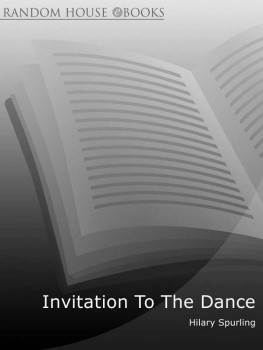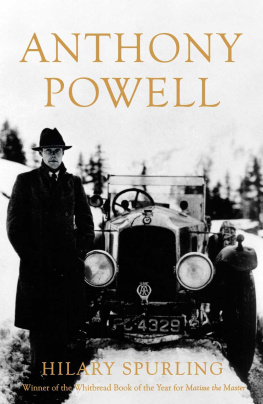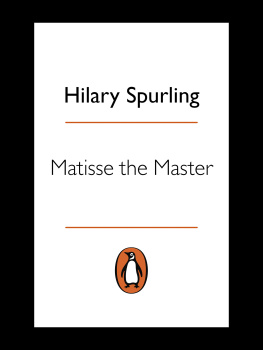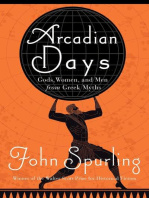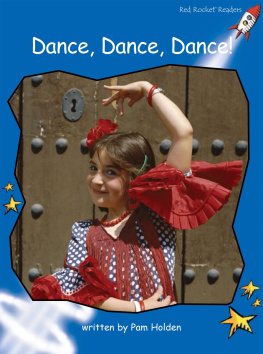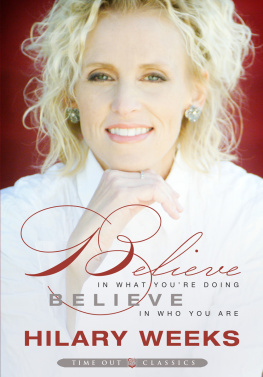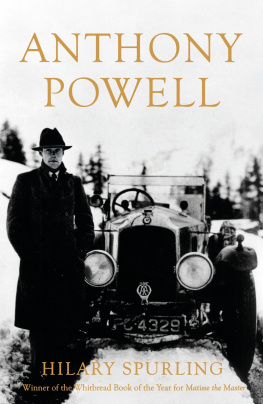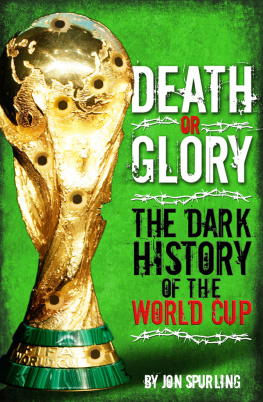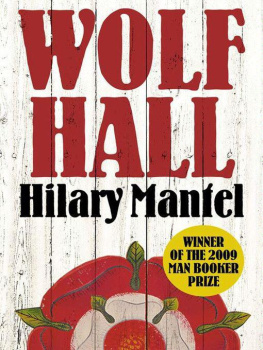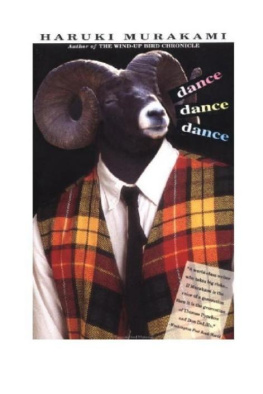Invitation
to the Dance
A Handbook to
ANTHONY POWELLS
A Dance to the
Music of Time
HILARY SPURLING
This eBook is copyright material and must not be copied, reproduced, transferred, distributed, leased, licensed or publicly performed or used in any way except as specifically permitted in writing by the publishers, as allowed under the terms and conditions under which it was purchased or as strictly permitted by applicable copyright law. Any unauthorised distribution or use of this text may be a direct infringement of the authors and publishers rights and those responsible may be liable in law accordingly.
Version 1.0
Epub ISBN 9781446428894
www.randomhouse.co.uk
This edition published by Arrow Books in 2005
1 3 5 7 9 10 8 6 4 2
Copyright Hilary Spurling, 1977
Hilary Spurling has asserted her right under the Copyright, Designs and Patents Act, 1988 to be identified as the author of this work
This book is sold subject to the condition that it shall not, by way of trade or otherwise, be lent, resold, hired out, or otherwise circulated without the publishers prior consent in any form of binding or cover other than that in which it is published and without a similar condition including this condition being imposed on the subsequent purchaser
First published in the United Kingdom in 1977 by William Heinemann Ltd Later published in 1992 by Mandarin Paperbacks
Arrow Books
The Random House Group Limited
20 Vauxhall Bridge Road, London, SW1V 2SA
Random House Australia (Pty) Limited
20 Alfred Street, Milsons Point, Sydney,
New South Wales 2061, Australia
Random House New Zealand Limited
18 Poland Road, Glenfield
Auckland 10, New Zealand
Random House (Pty) Limited
Endulini, 5a Jubilee Road, Parktown 2193, South Africa
Random House Group Limited Reg. No. 954009
www.randomhouse.co.uk
A CIP catalogue record for this book is available from the British Library
ISBN 0 09 948436 6
Contents
Praise for HILARY SPURLING
This checklist of all the characters and main incidents is almost as seductive as the original novels.
Paul Barker, The Times
Taken together, Hilary Spurlings various indices constitute a work of criticism She has brought to her handbook the wit and erudition of Mr Powell himself.
Francis King, Sunday Telegraph
Spurlings handbook provides an indispensable master-key to the movements of Time for the reader, resolving doubts and confusions perhaps inevitable in a work of one million words with 400 or 500 characters. The bulk of the book is a Whos Who of the characters with page references Perhaps the most illuminating are the indices on books read or written, paintings looked at and places visited Spurling brings out the rich fullness of this feature of the sequence an appropriate view of the whole work is X. Trapnels favourite saying: Reading novels needs almost as much talent as writing them.
Financial Times
Invitation to the Dance
Hilary Spurling has written biographies of Ivy Compton-Burnett, Paul Scott and most recently Henri Matisse in two volumes, The Unknown Matisse (1998) and Matisse the Master (2005). Interim works include a Renaissance cookbook, Elinor Fettiplaces Receipt Book ; a collection of Vladimir Sulyagins forbidden portraits of Russian writers and artists, Paper Spirits; La Grande Thrse ; and The Girl from the Fiction Department: A Portrait of Sonia Orwell . She has been Arts and Literary Editor of the Spectator , and a regular reviewer for the Observer , the New York Times and the Daily Telegraph . She is married to the playwright John Spurling, and has three children.
Also by Hilary Spurling
Ivy When Young:
The Early Life of Ivy Compton-Burnett 18841919
Mervyn Peake: Drawings (editor)
Secrets of a Womans Heart:
The Later Life of Ivy Compton-Burnett 19201969
Elinor Fettiplaces Receipt Book
Paul Scott: A Life
Paper Spirits
The Unknown Matisse:
A Life of Henri Matisse, Volume I, 18691908
La Grande Thrse
The Girl from the Fiction Department:
A Portrait of Sonia Orwell
Matisse the Master:
The Conquest of Colour, Volume II, 19091954
The Heresy of Naturalism: Some Notes on Structure
Reading novels needs almost as much talent as writing them is a favourite saying of X. Trapnels, and one perhaps specially appropriate to the work in which he figures. For one could hardly find a work of fiction which more clearly demonstrates what Trapnel himself calls the heresy of naturalism than this sequence of novels in which, for the reader, the deepest satisfaction comes less from character and incident than from the structure that supports them both: a structure so contrived that, as it flows, straggles or jerks itself along, by turns farcical and grim, sombre, tumultuous, absurd, reaching out through almost infinite varieties of egotism to embrace the furthest shores of crankiness and melancholia, it seems not so much to shape as to contain the disorderly process of life itself. It is not for nothing that Nicholas Jenkins takes his first name from that specialist in rhythm and design, Nicolas Poussin, whose painting provides both the title and the model for A Dance to the Music of Time .
Time, in that painting, smiles a sinister smile as well he may considering that in life and art he has the upper hand. In fiction, or at least in this particular fiction, Time is to the writer what Space is to the painter. Time may be empty or so densely packed that the reader can barely take in more than a few sample details in a hectic corner of the canvas. Time may dawdle or work fast, stretching forward or doubling back to shift a perspective, change an angle, open up one vista, close another, superimpose a further twist on a design already loaded or tweak skew-whiff a whole connecting system of supports. It is Time who disposes of the characters, causing them to topple and collide, tangle, scatter and regroup in new and unexpected couplings. Almost any character will serve to illustrate Times role. Take, for instance, Milly Andriadis who gives the party in A Buyers Market at which Jenkins first sets foot in that chilly, grasping, power-conscious adult world which will from now on insistently claim his attention.
In the first place, the party is not approached head on but through the disapproving eyes of Uncle Giles who (supposing he were present, which he isnt) would undoubtedly take the gravest exception to his hostess. She herself seems to Jenkins, still largely conventional if increasingly dissatisfied in outlook, only one of many imponderables following one another too close for comfort in the course of a single, eventful midsummer night: we came suddenly upon Mrs Andriadis herself, when a further, and enormous, field of speculation was immediately projected into being. Such stray facts as may be gleaned about her character and history are conveyed by various people in vastly different tones of voice Mr Deacons inquisitive but suspicious, Sillerys faintly critical, David Pennistones sardonic, Barnbys not untinged by a sense of competition. To Dicky Umfraville, whose view we learn later, Mrs Andriadis is simply part of the furniture of his own distant and doubtless murky youth. For her current lover, Charles Stringham, she is already beginning to take on the oppressive lineaments of the two formidable women, his mother and Miss Weedon, whose toils he will never entirely manage to escape. To Jenkins (too bemused to register for several months her resemblance to Stringhams mother and Miss Weedon), she is an enigma, but one which gradually recedes in the later stages of that summer as he moves towards his own decision to settle for the world of the imagination rather than of power. In time she will become a feature of the landscape so unremarkable that when, twenty or thirty years later, she comes to an inevitable bad end, the event itself can be inferred only from casual asides let slip in conversation about other more absorbing topics. But, however modified by hindsight, she will always retain something of the intensity of that first encounter when she seemed a kind of Circe, presiding (as Madame Leroy had done earlier at La Grenadire and Mrs Erdleigh will do a few years later) over a crucial junction in Jenkins career. Her Hill Street party is the hinge on which A Buyers Market turns, and together with that other memorable gathering at her Park Lane flat in The Acceptance World provides one of the character friezes of furious activity which punctuate the first of the four movements of the dance.




